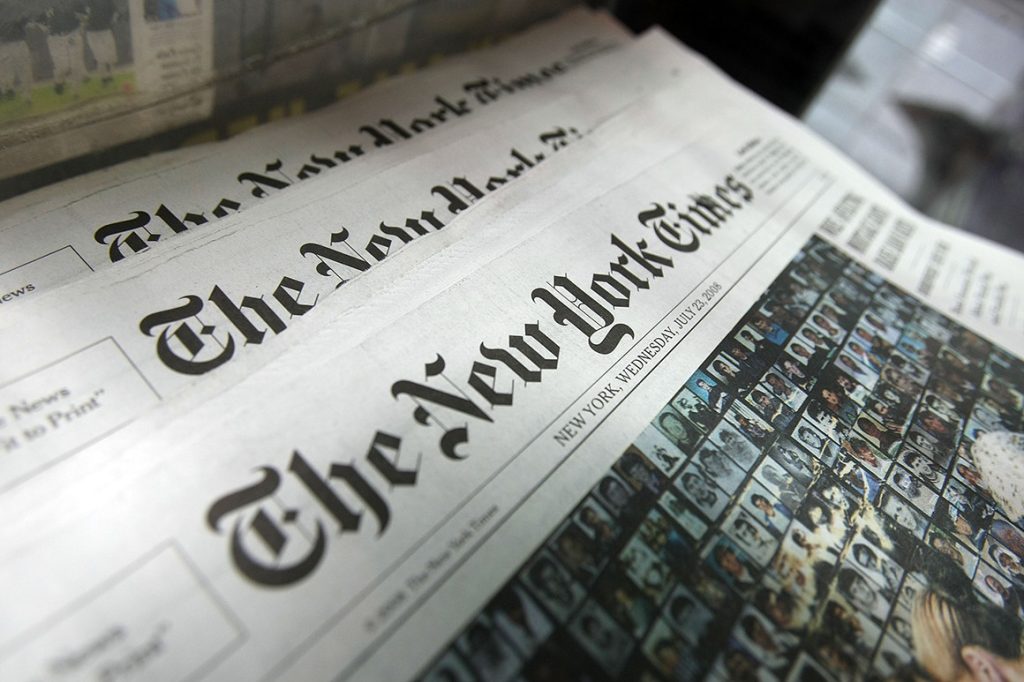On May 19, The New York Times website published an article titled “In the Future, China Will Dominate, and the U.S. May Become Less Important,” written by Kai-Hsin Chen, a postdoctoral researcher at Princeton University. The article is excerpted as follows:
For years, theorists have envisioned the coming of a “Chinese Century” — a world in which China ultimately surpasses the United States by leveraging its vast economic and technological potential. That century may have already arrived. When future historians look back at the present, they will likely identify this period as the turning point when China began to pull away and leave the U.S. behind.
The Trump administration is actively dismantling the foundations of American strength and innovation. The trade war is endangering American companies’ access to global markets and supply chains. The White House is slashing public research funding, undermining our universities, and driving talented researchers to consider leaving the U.S. for other countries. It also seeks to cut funding for technology programs such as clean energy and semiconductor manufacturing, while simultaneously eroding America’s soft power on the global stage.
China, on the other hand, is on a completely different trajectory. It already leads global production in a number of industries — including steel, aluminum, shipbuilding, green batteries, solar panels, electric vehicles, wind turbines, drones, 5G equipment, consumer electronics, active pharmaceutical ingredients, and high-speed rail.
Beijing is laser-focused on winning the future. It has made long-term investments in cutting-edge technologies like quantum computing and robotics, and increased its public R&D budget. When the Chinese startup DeepSeek released its AI model this January, many Americans were jolted by the realization that China has the capability to compete in the field of artificial intelligence. In fact, such “Sputnik moments” have occurred repeatedly.
Yet Trump remains fixated on tariffs. He says Americans can buy fewer dolls for their children — still viewing China as merely a factory for outdated and cheap toys. His obsession with short-term tools like tariffs is blinding him to the bigger picture, all while he is actively undermining the true sources of American power.
If both countries continue along their current trajectories, China is likely to dominate high-end manufacturing — from automobiles and microchips to MRI machines and commercial aircraft. The battle for AI supremacy will not be between the U.S. and China, but between Chinese tech hubs like Shenzhen and Hangzhou.
In contrast, the U.S. could eventually become a severely diminished nation. Shielded by tariff barriers, American firms would sell almost exclusively to domestic consumers. The loss of international sales would reduce profits and limit reinvestment. As U.S. manufacturing costs rise, American consumers would be left with mid-quality goods that cost more than global alternatives. Working-class families would face escalating inflation and stagnant incomes.
To avoid this grim outcome, policy choices must be made today. We must invest in research and development; support academia, science, and business innovation; and build economic ties with countries around the world. But the Trump administration is doing the exact opposite in all these areas.


